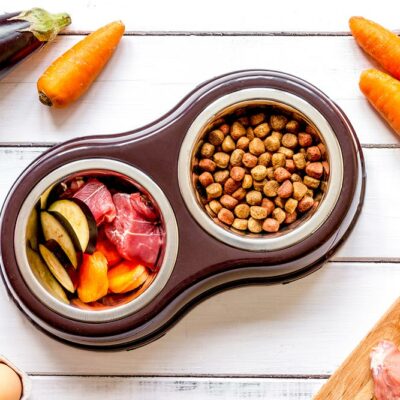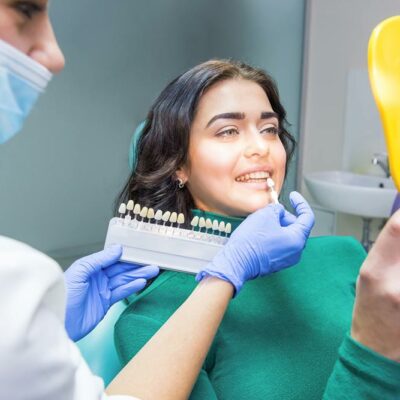
8 Foods to Avoid While Managing Angioedema
Angioedema refers to swelling within the skin, typically around the eyes and lips. The condition can develop as an allergic reaction or in response to certain treatments. Certain prescription options can help one manage the condition. One may also have to identify and avoid triggers to limit the episodes of swelling. Some foods can trigger an episode. So, here are some of the foods to avoid when dealing with angioedema:
1. Shellfish
Shrimp, crab, and lobster are common food allergens. They can induce a flare-up in those with angioedema and so they should be avoided. One can opt for other sources of protein and omega-3s.
2. Nuts and seeds
Tree nuts, like almonds, walnuts, and cashews, and seeds are known to cause strong allergic reactions. So, one should avoid nuts, nut butter, and foods with seeds. Additionally, one should check the food label before buying the product to avoid an allergic reaction.
3. Dairy products
Dairy products such as cheese and yogurt contain histamine—a chemical involved in allergic reactions as part of the body’s immune response. One may also have trouble digesting lactose. So, one should opt for milk alternatives and limit dairy products.
4. Eggs
Eggs can also cause or worsen allergic reactions. So, one should consider eliminating eggs from their meals, and if they notice an improvement in angioedema symptoms, they should consider eggs a trigger.
5. Certain fruits
Fruits like oranges and grapefruits may contain or release histamine, and a histamine intolerance reaction may be associated with angioedema episodes. So, one can consider limiting the intake of such fruits if they suspect that these could be triggers. One should also consider adding tomatoes to an elimination meal plan.
6. Artificial food additives
Things like preservatives and artificial colorings can trigger allergic reactions. So, when dealing with angioedema, one should avoid foods with artificial additives. Highly processed food, like store-bought packaged snacks and meats, also contains preservatives that help foods stay fresh for longer. One can opt for fresh meat and less processed foods to avoid allergic reactions. Reading the food label can help.
7. Spicy food
Spicy foods can also worsen angioedema. One should opt for milder foods to keep symptoms in check.
8. Chocolate
Some people with angioedema consider chocolate a trigger. This could be due to the histamine release after eating chocolate.
Further research is required to confirm food triggers for angioedema. Nevertheless, many have reported that the abovementioned foods trigger swelling. As the triggers can vary from person to person, an elimination food plan can help. First, one should maintain a food diary to see if they can identify triggers. Then, one can start by eliminating one food at a time and check if their symptoms seem to improve. Over time, one will be able to identify and avoid triggers and come up with a safe food plan. One should take these measures with the guidance of a doctor or a nutritionist to avoid nutritional deficiencies arising out of drastic food-based changes. It is important to note that not all angioedema attacks are brought on by food triggers. So, consulting a doctor can help one manage the condition with the right treatments and lifestyle changes.


